Braulio Carrillo National Park
The green immensity of Braulio Carrillo
Braulio Carrillo National Park (Parque nacional Braulio Carrillo) is one of Costa Rica’s largest national parks. Despite its proximity to the capital, it is also one of the least visited and wildest parks in Costa Rica.
Located in the region around San José, Costa Rica’s capital, it offers visitors easy access to a wild and diverse natural environment. Its name pays tribute to Braulio Carrillo Colina, former president of Costa Rica.
Located in the northeast of the Central Valley, some 12 miles from the capital, it covers 47583 ha. The landscape is dominated by high mountains covered by dense tropical forests and numerous rivers. The topography and heavy rainfall, averaging around 15 ft per year, are responsible for the formation of countless waterfalls. The park contains several extinct volcanoes.
Crossed from west to east by the road that links San José to Limon on the Caribbean side, a few hundred metres to the right or left is enough to radically change the environment. The forest is so dense that no one ventures beyond the marked trails. Thousands of hectares of Braulio Carrillo Park remain unexplored or inaccessible.
The park’s altitude ranges from 118 ft above sea level to 95000 ft, at the summit of the Barva volcano.
A road through the rainforest
One of the most famous anecdotes about Braulio Carrillo National Park is linked to the construction of the road that runs through it. National Road 32, which links San José to the port city of Limón, passes through the park. During its construction in the 1970s, engineers and workers faced enormous challenges, including landslides, torrential rains and dense vegetation. The road was eventually completed, but it remains one of Costa Rica’s most spectacular and perilous routes, offering impressive views of the national park’s rainforest.
The fauna
Braulio Carrillo National Park is home to over 6,000 plant species, including more than 1,200 species of orchid. There are at least 135 species of mammal, including capuchin monkeys and howler monkeys. Among reptiles, the famous spearhead, the boa constrictor and the matabuey, the most venomous ox-killer in Costa Rica, enjoy the park’s climate.
Rivers and wetlands provide habitat for crocodiles and multicolored frogs, including the famous Agalychnis callidryas, a red-eyed tree frog. There’s also the Bufo Holdridgei or golden toad, an endemic and endangered species that was once thought to be extinct, but a few specimens of which have been rediscovered and reintroduced in Costa Rica.
The flora
The botanical complexity of Braulio Carrillo National Park is what makes it so interesting. Most of the park is covered by primary forest, where some 6,000 plant species can be found, representing half of all species in the country. Minquartia guianensis, mahogany, oak and Carapa guianensis are relatively abundant. There are also ceibas or cheese trees, yos or sapium, lorito and ojoche or bread nut. Some species, however, are in danger of extinction, such as Naazreno or Peltogyne purpurea, Jicaro or calabash, palmito dulce or Euterpe Edulisnain and Súrtuba or Ravet’s wing.
In the higher reaches of the park, particularly towards the Barva volcano, the vegetation is characteristic of cloud forest. Numerous species of heliconias and orchids complete this biodiversity, classified as one of the richest on the planet.
Finally, the park is essential to the water supply of this part of the Central Valley, the most densely populated in the country.
Braulio Carrillo Park Activities
The park mainly offers nature activities.
- Hiking: numerous marked trails take you through the rainforest, past volcanoes and waterfalls.
- Wildlife watching: monkeys, birds, reptiles… The park is home to a rich and varied fauna.
- Birdwatching: the park is a birdwatcher’s paradise, with a multitude of species to observe.
- Visit the Barva volcano: a climb up the volcano offers breathtaking panoramic views.
Hiking trails
Braulio Carrillo National Park offers a network of hiking trails suitable for all levels, providing opportunities for all visitors. Two separate entrances are open to the public.
- The Barva volcano sector: climbing the volcano offers breathtaking panoramic views over the central valley. The volcano’s summit rises to 2906 metres, and temperatures can be chilly. The entrance to the volcano is accessed via a small road north of San José, and offers 4 trails: Cacho Venado, Laguna Barva, Copey and Mirador Vara Blanca, totalling 10 km, where you can enjoy panoramic views over much of the national park.
- Quebrada González sector: accessible from Route 32, this sector offers 3 distinct trails: Las Palmas (1.5 km), El Ceibo (1 km) and Botarrama (2.5 km); you can also enjoy views of the Sucio river. It’s the ideal area for a family walk and a stopover between San José and the Caribbean coast.
A few practical tips
- Best period: the dry season (December to April) is the ideal time to visit the park.
- Equipment: bring good hiking boots, a hat, water, sun cream and a heavy sweater if you choose to climb the Barva volcano.
- Local guides: for a more rewarding experience, a local guide is highly recommended.
- Entrance fee: $12 for non-residents.
- Admission times: 8:00 a.m. to 3:30 p.m. daily.
What are the conservation challenges facing Braulio Carrillo National Park?
Braulio Carrillo National Park, one of Costa Rica’s jewels, faces a number of conservation challenges, including pressure from surrounding urban and agricultural development. Habitat fragmentation due to human activities threatens the park’s ecological connectivity and the survival of many species. Poaching and illegal wildlife trafficking are also serious threats to the park’s wildlife. Concerted conservation efforts are needed to preserve the ecological integrity of this natural gem.
During your Costa Rica self-drive tour, take the road to Sarapiqui, Tortuguero or Cahuita National Park on Costa Rica’s Caribbean coast, and you’ll cross this green immensity. Don’t hesitate to stop off at the Quebrada Gonzalez sector to immerse yourself in this ocean of greenery and wilderness.
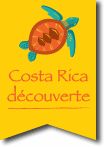
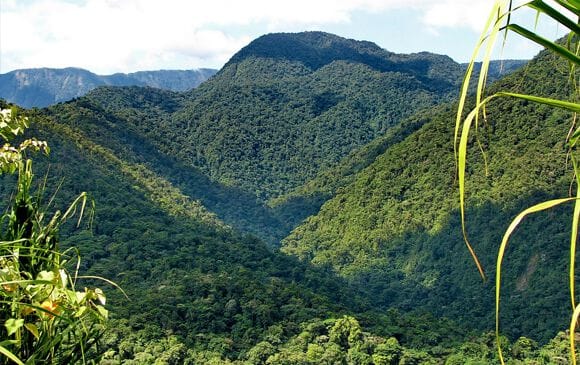

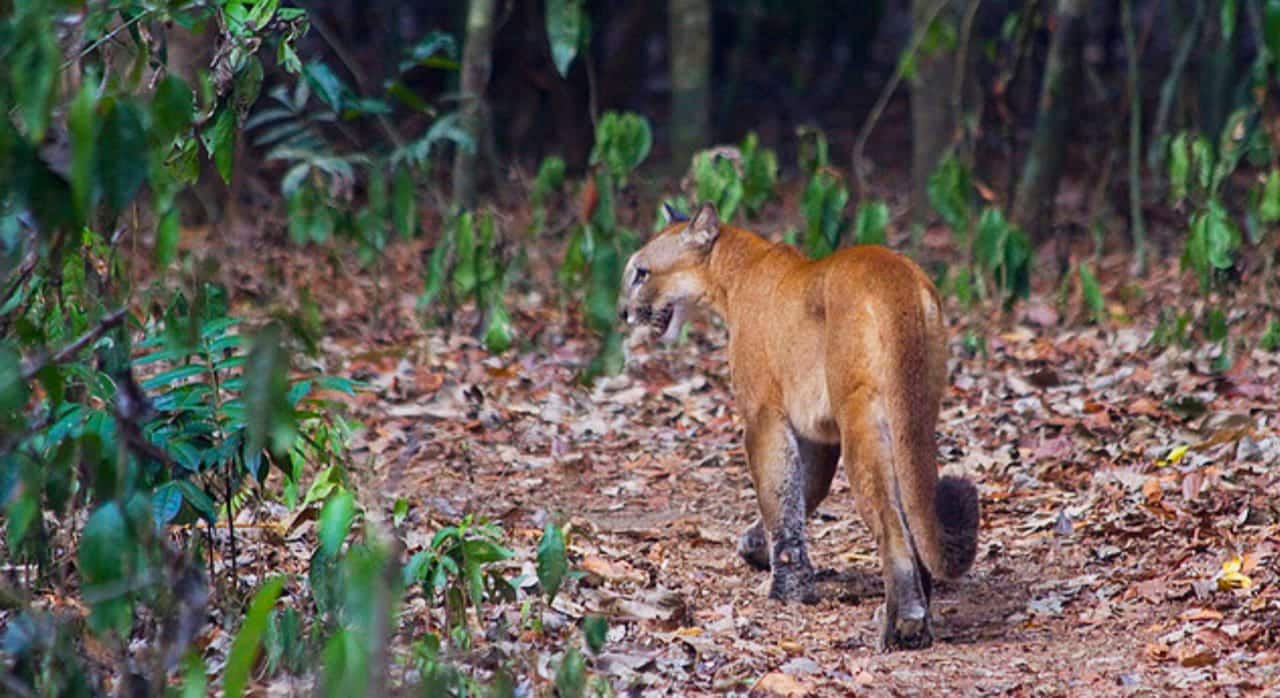
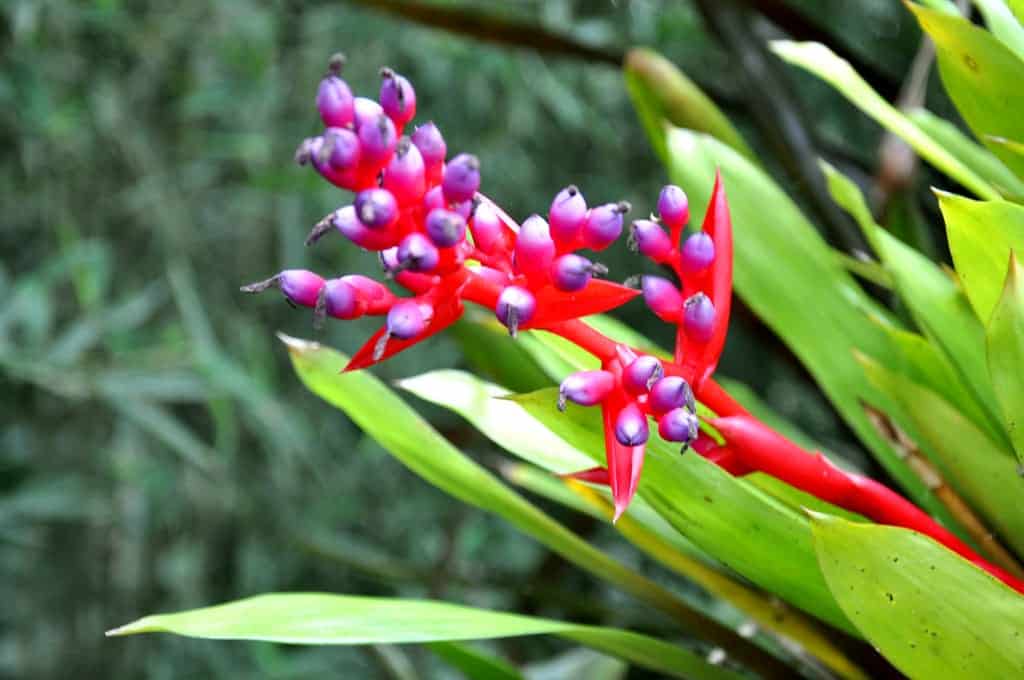
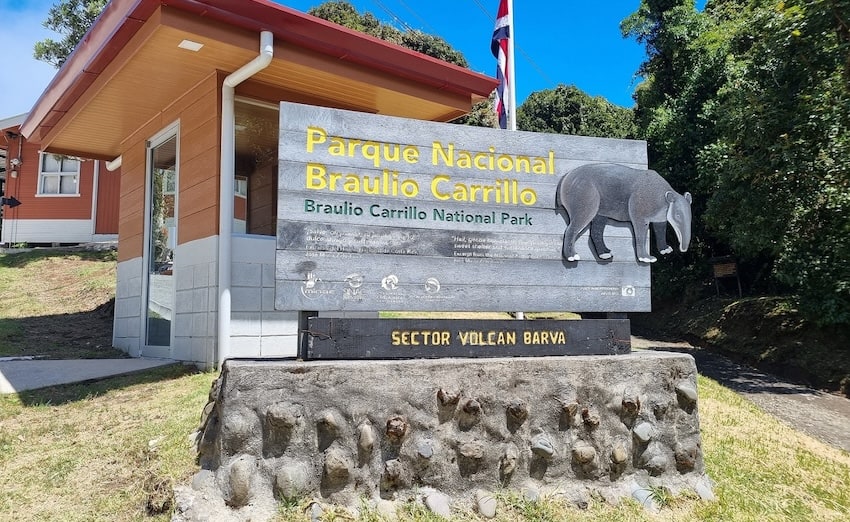

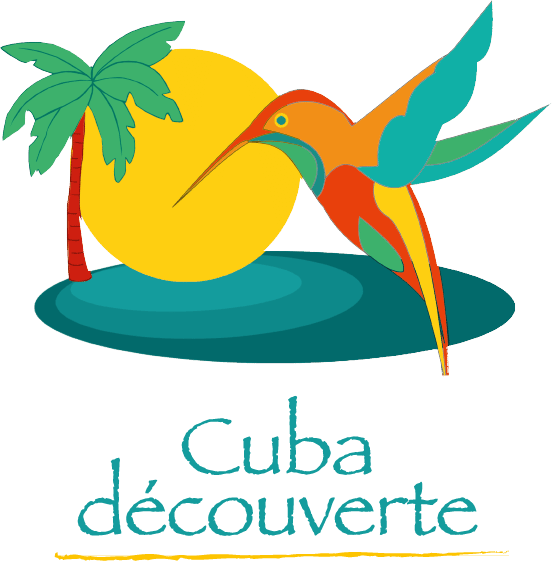
No comment regarding « Braulio Carrillo National Park »